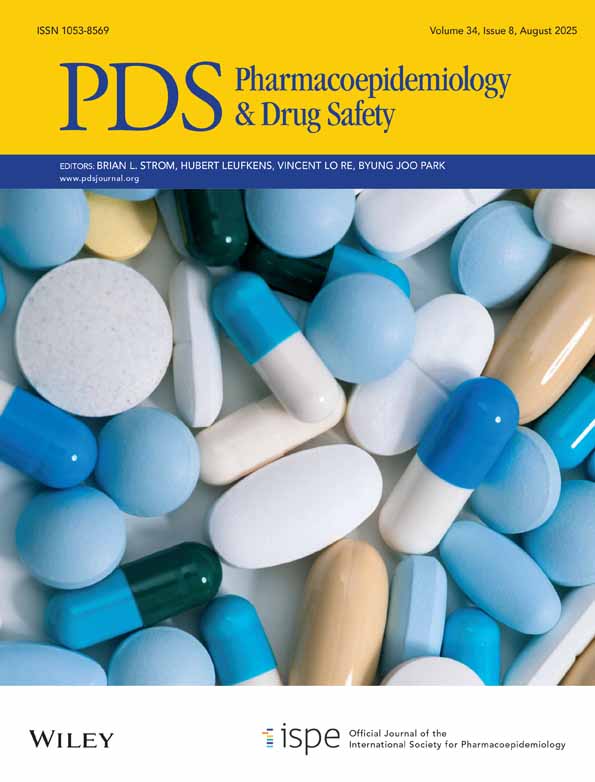Adverse reactions of Topiramate and Lamotrigine in children†
No conflict of interest was declared.
Abstract
Purpose
To review the adverse drug reactions (ADRs) of Topiramate and Lamotrigine among children in Israel, and to compare the two drugs, based on their side effect profile and tolerability among this population.
Methods
We performed a cross-sectional study. Four paediatric neurologists from three different tertiary medical centres in Israel documented all cases of children from birth to the age 18 years, treated with Topiramate and/or Lamotrigine in their respective outpatient clinics and hospital wards. All present ADRs and their characteristics were recorded.
Results
Reports on 45 and 65 children treated with Topiramate and Lamotrigine respectively, were received. Half of the children treated with Topiramate suffered from one or more ADRs, as opposed to one-third of the children treated with Lamotrigine (p = 0.03). Most reactions were considered mild to moderate. There were no deaths or hospitalisations, but the drug had to be discontinued in about 10% of the patients due to ADRs. Most Topiramate and Lamotrigine ADRs appeared early in the treatment and were more frequent when Topiramate was an add-on versus a monotherapy drug. Most ADRs of both Topiramate and Lamotrigine were related to the central nervous system; while poor appetite, drowsiness, speech difficulties and weight loss were observed only with Topiramate, and rash and headaches only with Lamotrigine. Nervousness and seizure aggravation were more frequent ADRs of Topiramate whereas sleep disturbances were observed more in children treated with Lamotrigine.
Conclusion
Results of this study indicate that Lamotrigine causes ADRs less frequently than Topiramate; however both medications are generally well tolerated. Topiramate and Lamotrigine differ in their central nervous system side effect profile. Copyright © 2004 John Wiley & Sons, Ltd.




